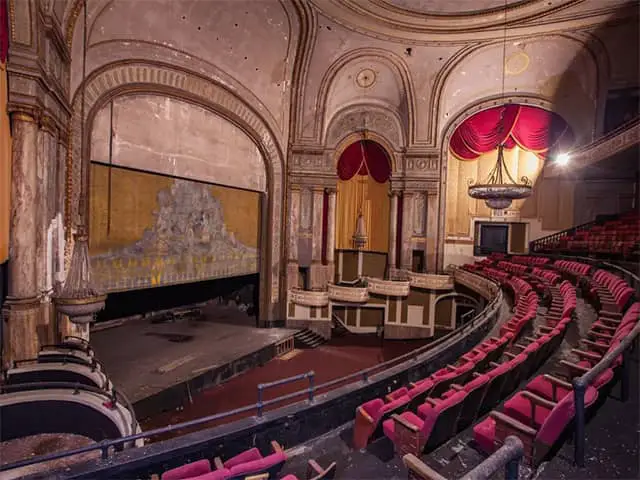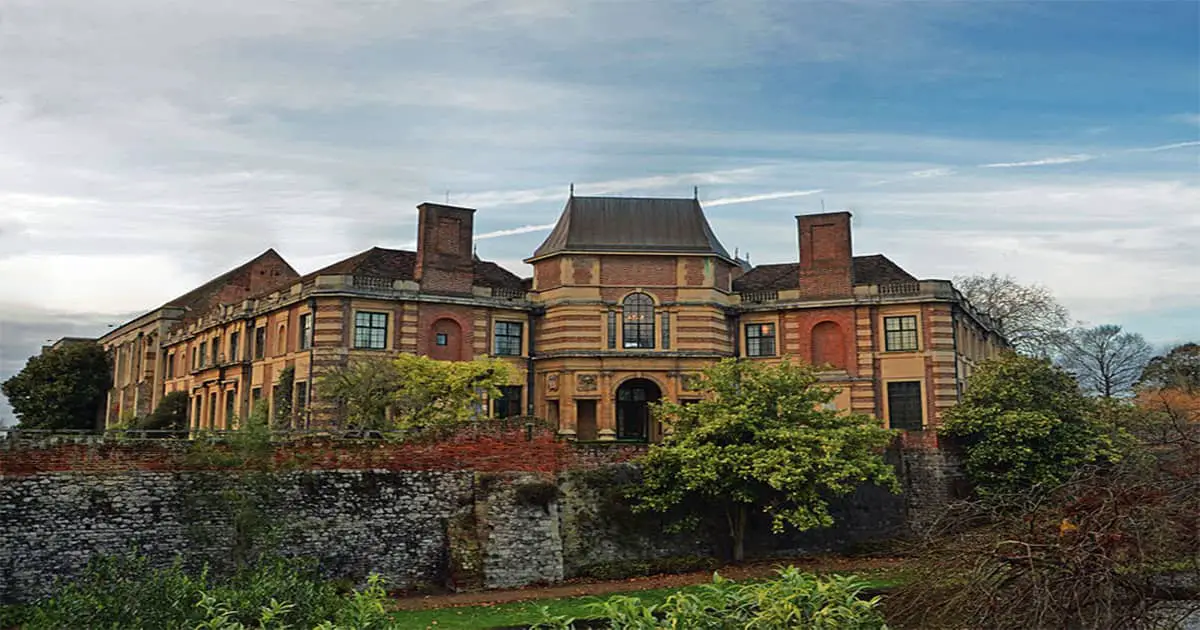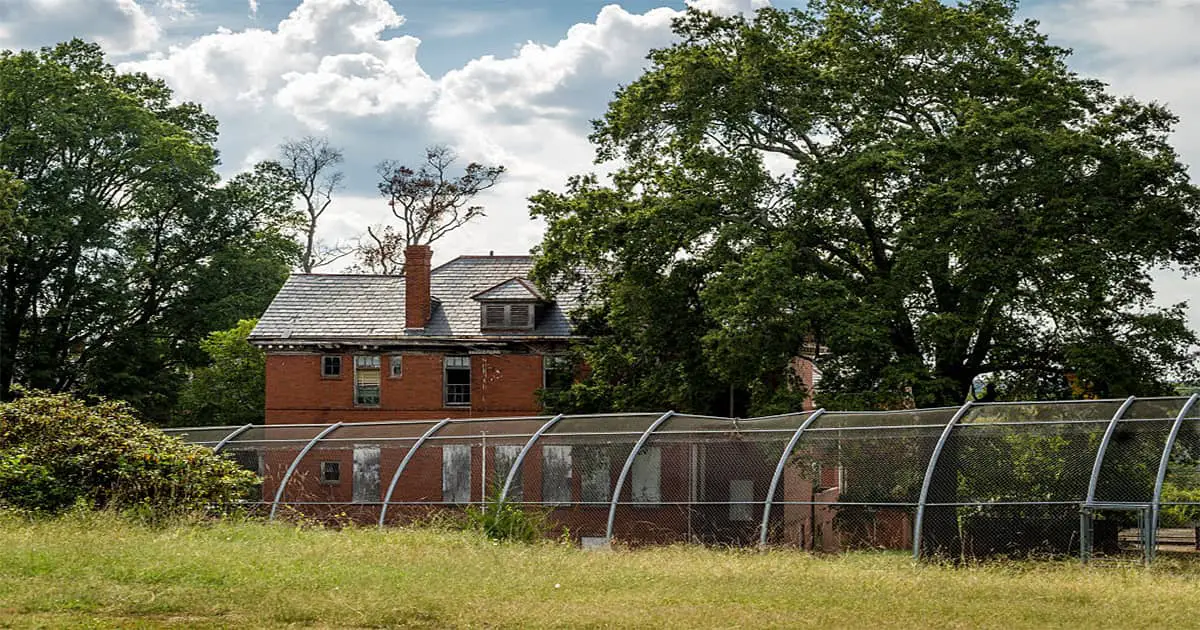If the walls of Eltham Palace and Gardens might talk, they’d tell some interesting stories. Fortunately, we can tell you about some of them in a brief history of the palace, which has hosted royals, millionaires, and even trainee gardeners!
Thousands of people visit each year to enjoy the scenery of the gardens and gain an insight into a life of decadence while admiring the art-deco interior. But the history of Eltham Palace dates back to the 11th century, and it has since told a tale of parties, war, and even pet lemurs!
Eltham Palace is easily located in the Royal Borough of Greenwich, which is located in south-east London, England. The history of this magnificent royal residence began in 1305, with Edward of Carnarvon, or King Edward II as he was commonly known.

The lands were given to Edward as a gift by the Bishop of Durham, Anthony Bek. Soon after, the palace was built in the area, as well as the royal residence was used beginning in the 14th century.
As according historians, it was here that Edward II’s successor, Edward III, made the decision to establish the Order of the Garter, Britain’s most prestigious order of chivalry.
Beginning Of Eltham
In 1066, Hamo, sheriff of Kent, was recorded as holding the Manor of Eltham on behalf of Bishop Odo of Bayeux, William the Conqueror’s half-brother. In 1295, Antony Bek, Bishop of Durham, creates a grand manor house at Eltham and a stone and brick facade within the moat’s line.
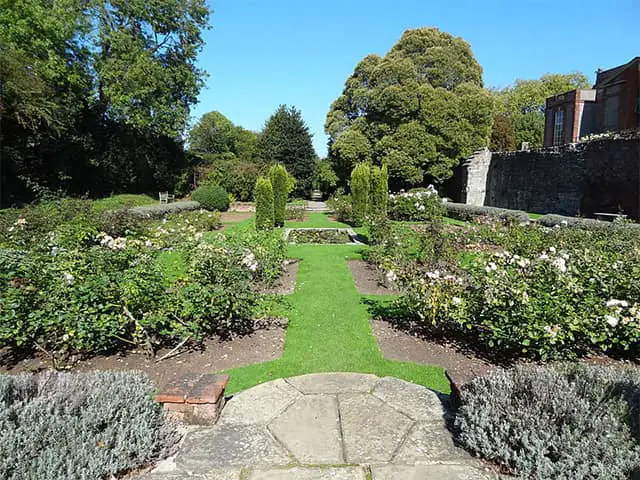
Royal Era of Eltham Palace
It was said to be one of Henry IV’s favorite palaces. He chose Eltham Palace to host Manuel II Palaiologos, the Byzantine Emperor-turned-monk who was the only Byzantine Emperor to visit England.
Manuel II spent a full year at the palace, from 1400 to 1401. In his honor, a joust was held in the jousting yard, which still exists today.
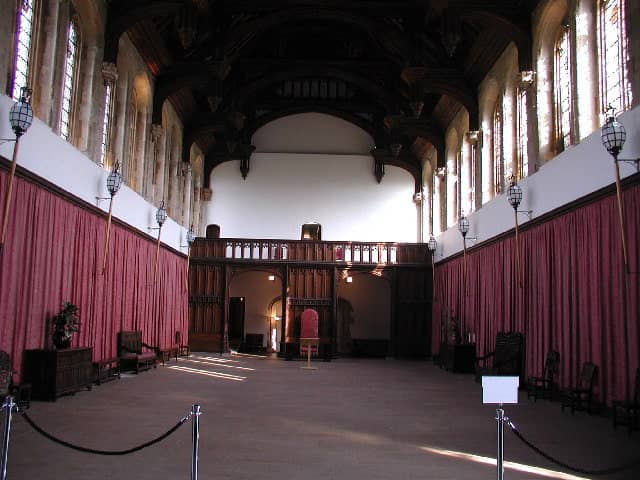
Henry VIII, who grew up in Eltham Palace, is one of the most famous monarchs to have graced the halls of Eltham. The palace remained significant, inspiring the 1525 Ordinances of Eltham, which were aimed at reducing waste in the palace.
However, by the 1530s, Henry VIII was spending less time at Eltham, preferring to spend his time at Hampton Court instead. Because of the abundance of deer in the parks, Eltham was primarily used for hunting. By the 17th century, it appeared that Eltham’s days as a royal hotspot were coming to an end, and James I, who ruled from 1603 to 1625, saw Eltham Palace as tired and decayed.
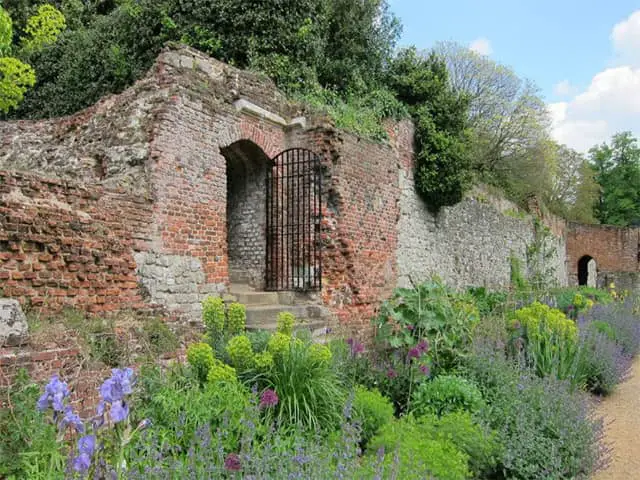
The last king to visit Eltham was Charles I, and during the Civil War, Parliamentary Troops stationed at Eltham ransacked the palace and bordering royal park in 1648.

During Edward IV’s reign, the palace was expanded further with the addition of a Great Hall in the 1470s. Prince Henry, as he was known before becoming King Henry VIII, spent some of his childhood at the estate. Erasmus, a Dutch Renaissance humanist, teacher, Catholic priest, and theologian, accepted Henry as a student in 1499.
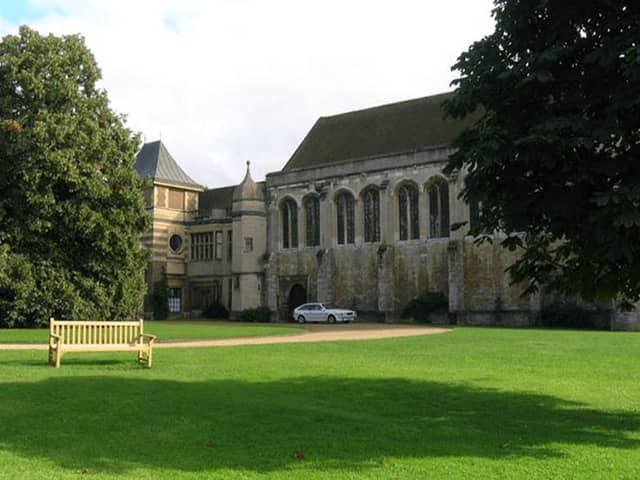
Erasmus became Henry’s tutor as a result of Thomas More’s persistence, the English lawyer and writer of Utopia who was canonized in 1935. According to Erasmus’s written account, More paid Erasmus a visit while he was staying at Lord Mountjoy’s house and took him to meet the nine-year-old Henry.
We are now on Pinterest
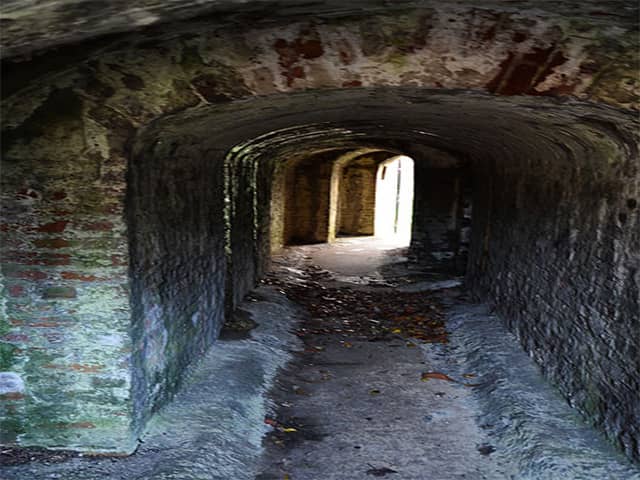
On the same day, Henry hosted a dinner at Eltham Palace and asked Erasmus to write him a poem. According to English scholar and writer Raymond Wilson Chambers, Erasmus wrote the poem and presented it to the prince in three days.
Several royal Christmas celebrations were held at the palace during Tudor times. Years later, after the Palace of Placentia was completely rebuilt, Eltham Palace began to lose its importance and was abandoned for many years.
As the deer population grew, its parks were used for hunting. The Royals gave up the palace in the 1630s, and a portion of it was given to the Baroque artist and painter Anthony van Dyck.
When the English Civil War broke out – a clash between the “Roundheads” (Parliamentarians) and the “Cavaliers” (Royalists) that resulted in the death of Charles I and the exile of Charles II – the deer population was wiped out, as were the park trees.
When English writer John Evelyn visited the district of Eltham in 1656, the palace was already in a state of complete ruin.
It remained that way for more than two centuries. The Great Hall was renovated in 1933 by Stephen Courtauld, a member of the wealthy Courtauld textile family, who added a minstrels gallery to the original design. Along with the renovations, he built an Art Deco-style home for himself on the property.
The house was used for nearly a decade before being damaged during World War II by an incendiary bomb during the Blitz in 1940. The estate was purchased by the Royal Army Educational Corps in 1945 and was used by them until 1992.
Decaying of Eltham Palace
Colonel Nathaniel Rich purchased it in 1651. Eltham was demolished, including the removal of the lead from the great hall roof. Colonel Nathaniel Rich became known as ‘Rich the Rebel,’ and by 1656, John Evelyn described Eltham as being in’miserable ruins.’ As a result, Eltham was demoted, with the ruins serving as a farm and the Great Hall serving as a barn for the rest of the 17th and 18th centuries.
It wasn’t until 1828 that Eltham drew notice, with architect Sir Robert Smirke devoting himself to restoring the great hall.
At first, nobody paid attention to Eltham. Architect Sir Robert Smirke worked on the great hall. In addition, additional gardens and glasshouses were built, as well as a separate residence called Eltham Court in 1859. The great hall was used as an indoor tennis court and party venue by the tenants of this residence! The Great Hall appears to have its own history book, as it underwent additional repairs between 1890 and 1914. The roof was removed, steel braces were installed, and it was re-roofed.
Follow us on Facebook
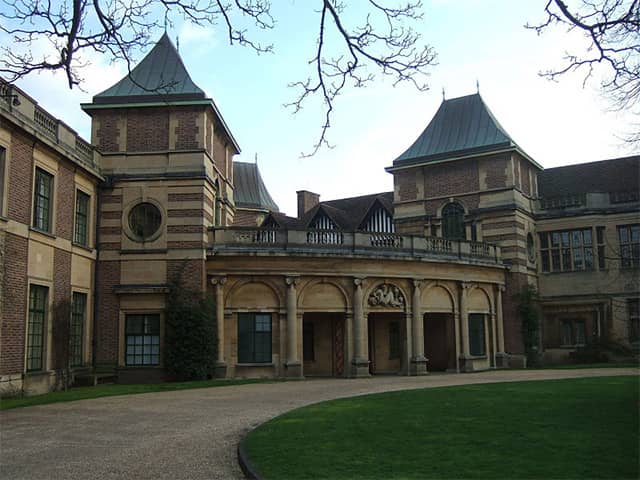
Eltham became the home of the Royal Army Educational Corps in 1955, and it also attracted the Royal Parks Training School in 1975, where apprentice gardeners were trained by palace gardeners.
The Department of Works was tasked with restoring and maintaining the site in 1992, and their successor, English Heritage, took over monitoring in 1995. Their primary goal was to restore the house to its original 1930s design by the Courtauld Institute of Art. It is now open to the public, and we highly recommend that you take the time to go!
